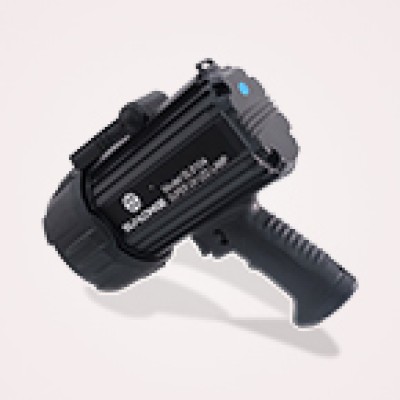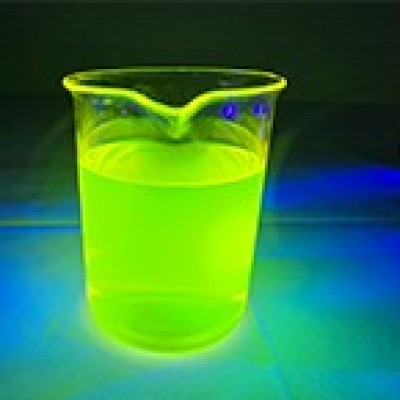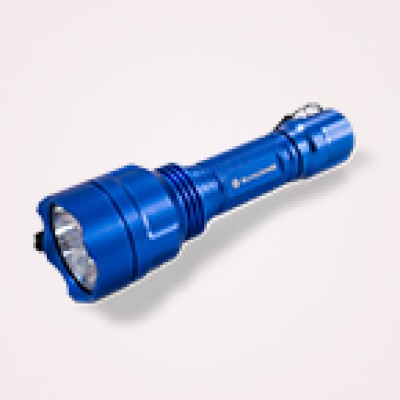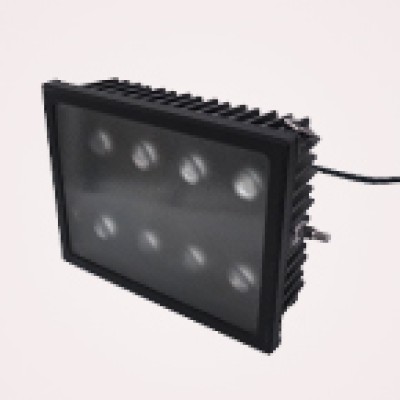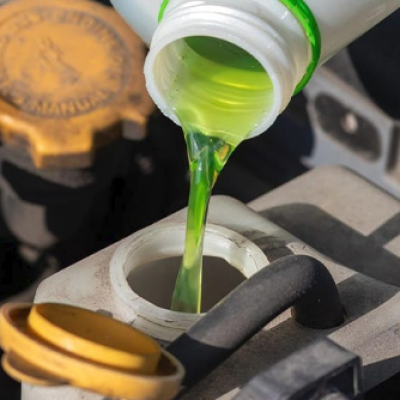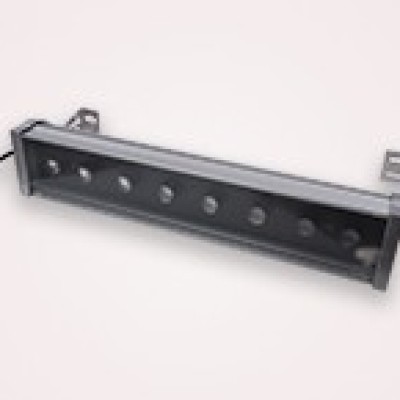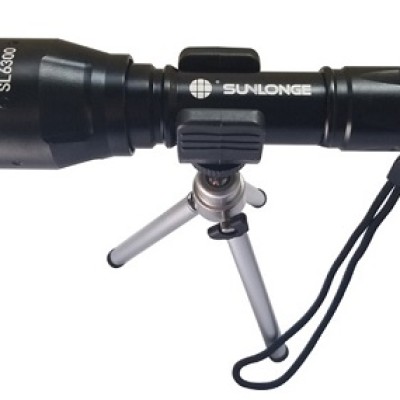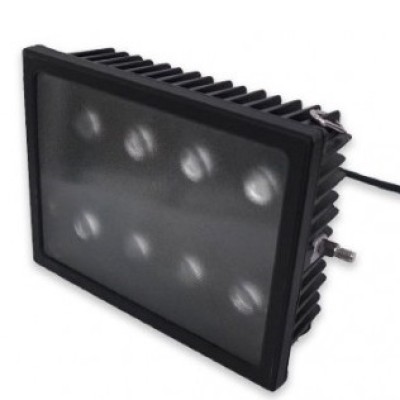Leak detection and its application(Author: SUNLONGE )
Leakage means liquid or gas passage through a leak independent from its physical size. A leak can be a crack, breakthrough, groove or hole which leaves or embeds a gas (e.g. air) or liquid (e.g. water) into/out of the construction.

Leakages could endanger the operation safety of vaccum or pressure systems, such as pressure vessels, significantly. Dangerous gases or liquids might emerge.
So, it is important and necessary to detect the leak without damaging the physical body. Now the leak detection kit utilizes a simple method to solve this problem. The detection principle is based on non-destructive method which can localize the leakage in pressure and vaccum system. The detection system kit only included 2 basic parts. A high intensity UV blacklight is teamed up with the fluorescent dye. Similar to the NDT crack detection process because it also relies on color contrast qualifications and therefore offers similar sensitivity improvements. A UV fluorescent leak detection additive is mixed with the fluid system in question, including water, oils, fuels, coolants and refrigerants. The equipment is operated as normal to allow the fluorescent additive to circulate throughout. Then, by inspection under UV blacklight of all external surfaces, pipework, joints, coils etc, any leak will be revealed as a bright fluorescent yellow-green glow. The dye can remain in the system indefinitely and does not affect system components or performance.
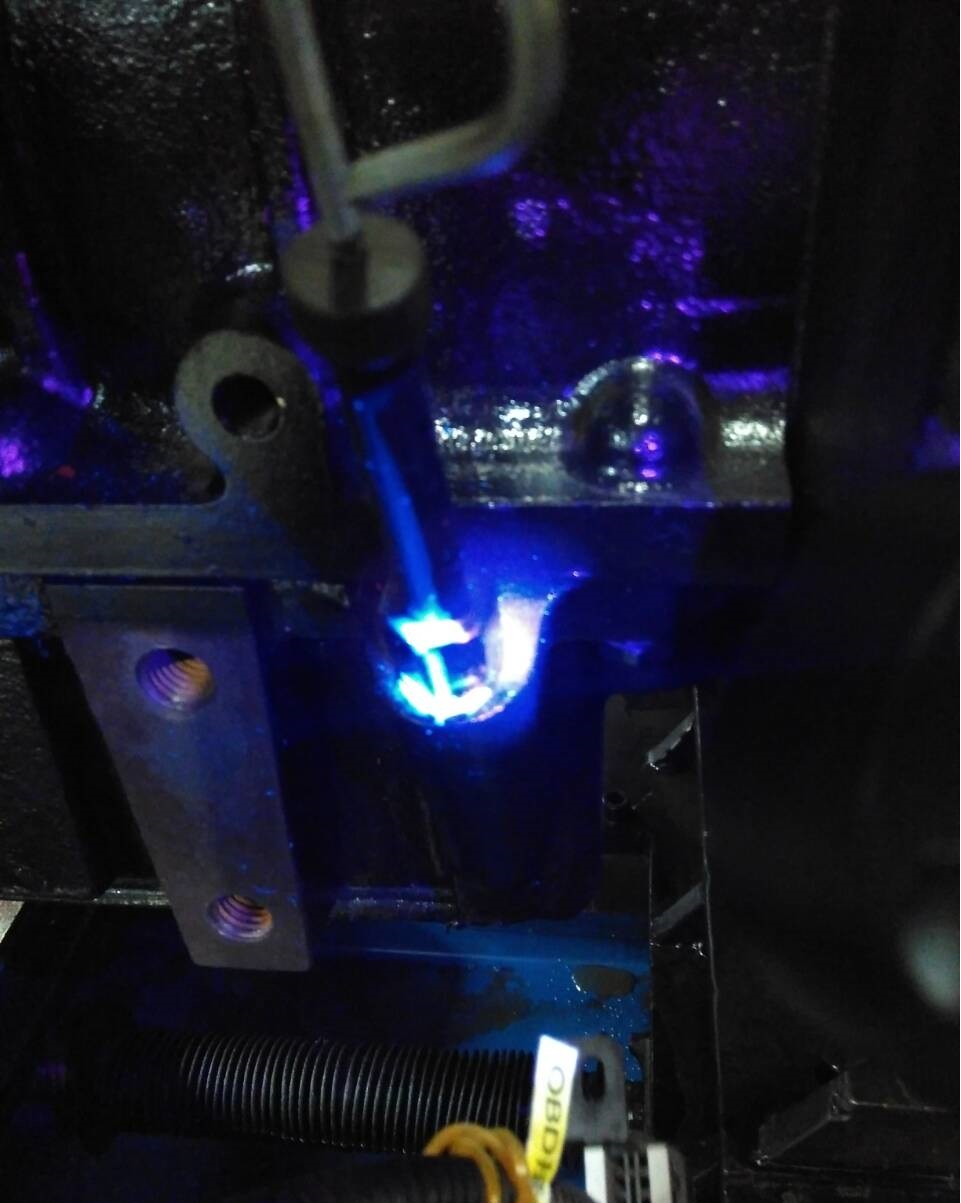
This process can be used for routine quality control or troubleshooting procedures. Typical applications include:
1. Automotive, including engines, transmissions, power steering, hydraulic, cooling and air conditioning systems.
2. Air conditioning and refrigeration equipment.
3. Industrial plant and machinery
Leak testing is also applied for pyrotechnical facilities, electronic parts, air condition equipment, food packaging etc.
 CN
CN

